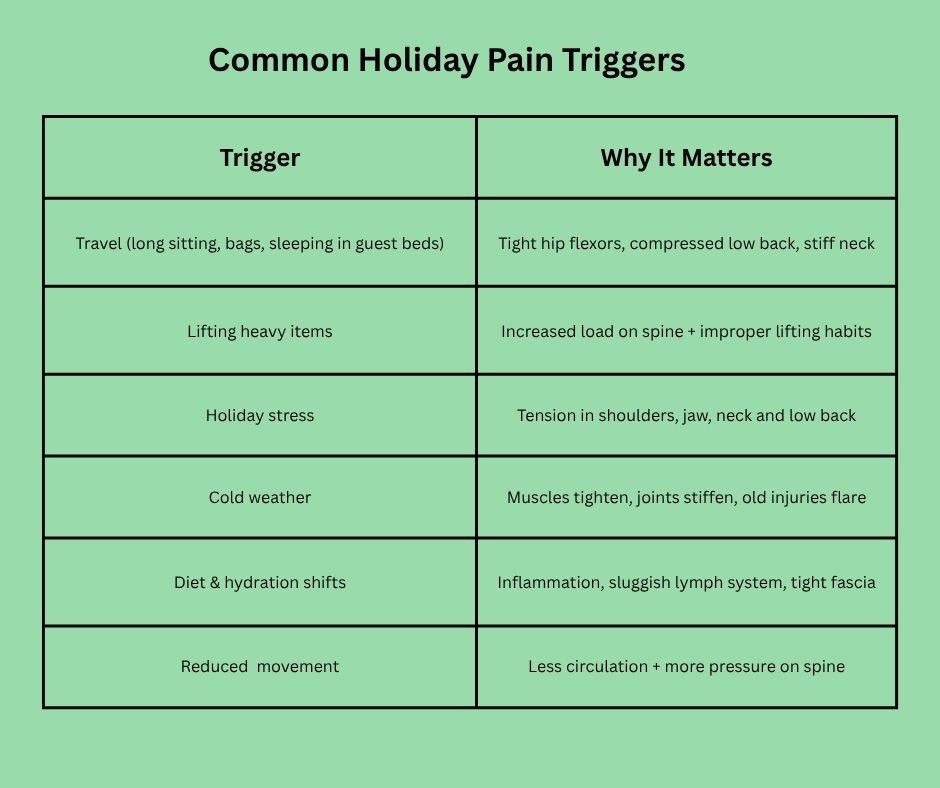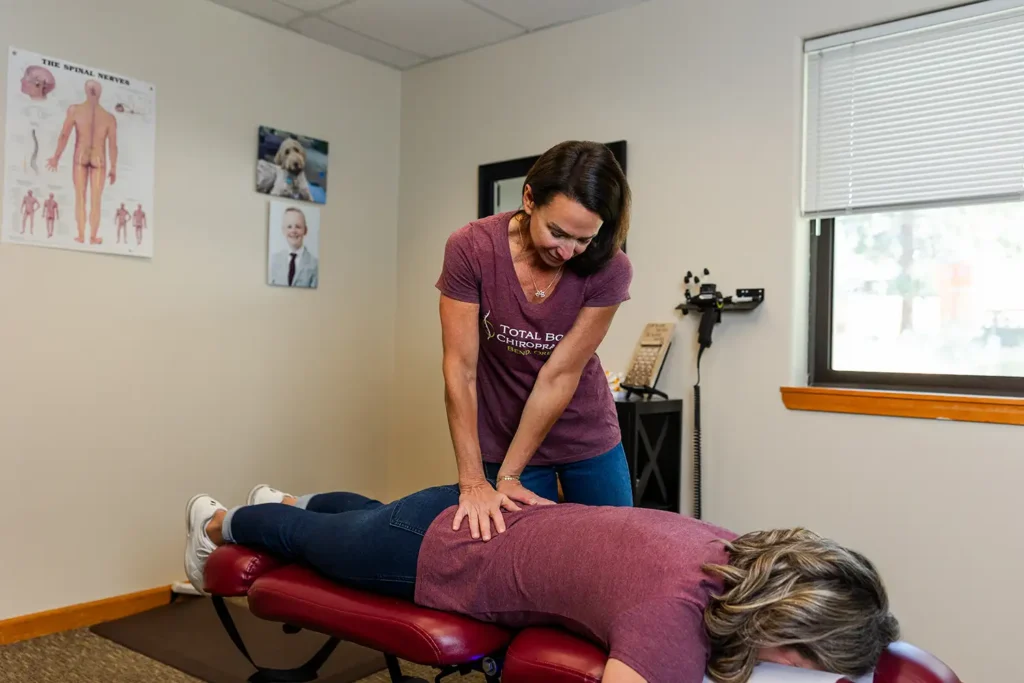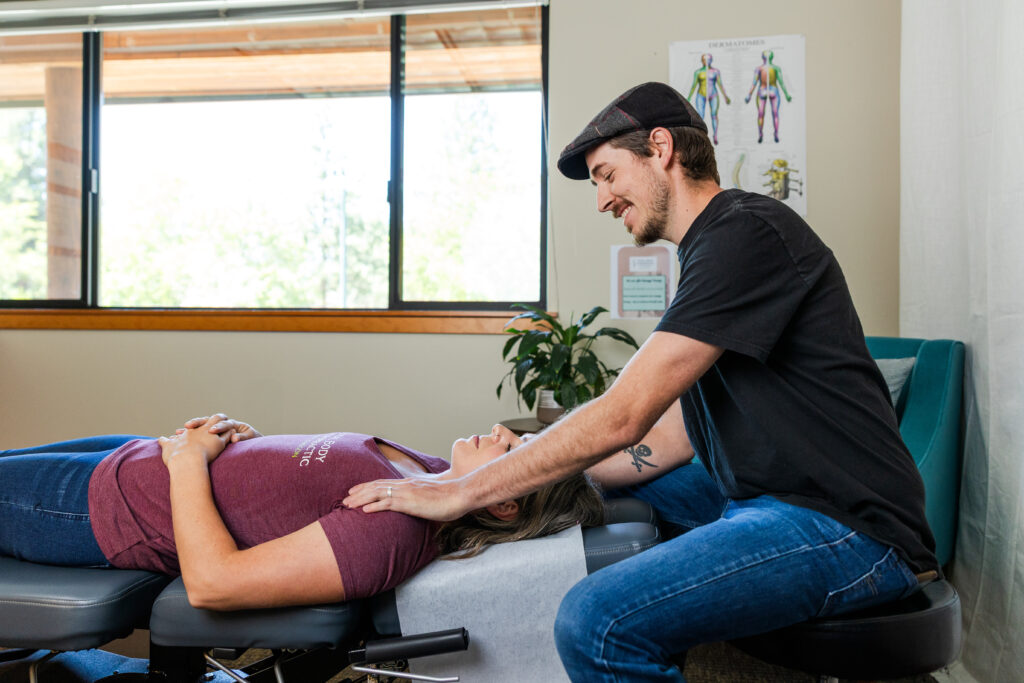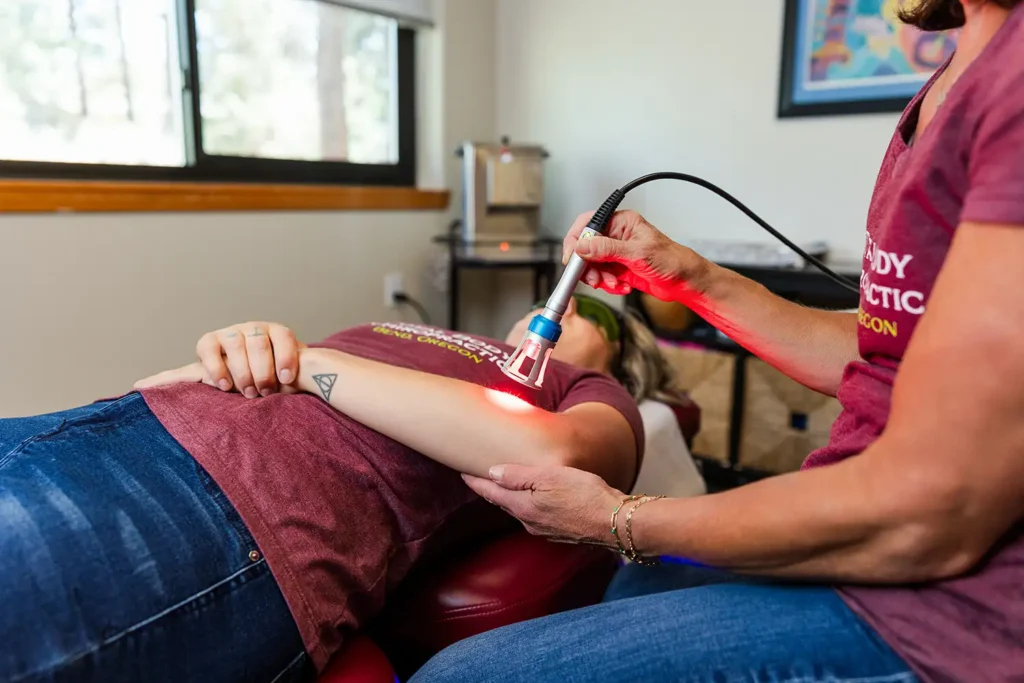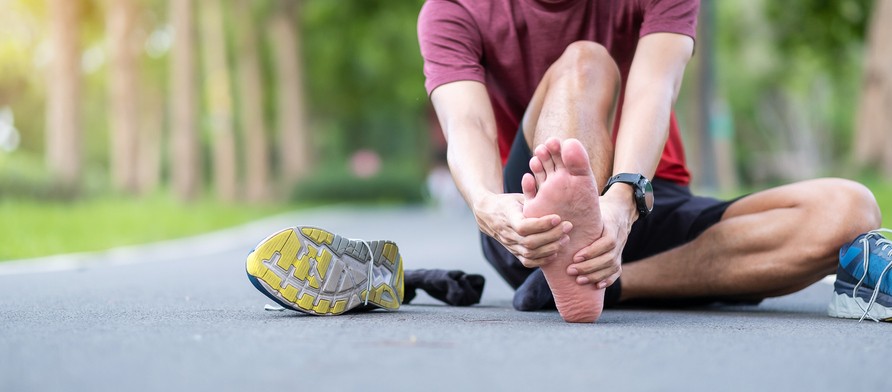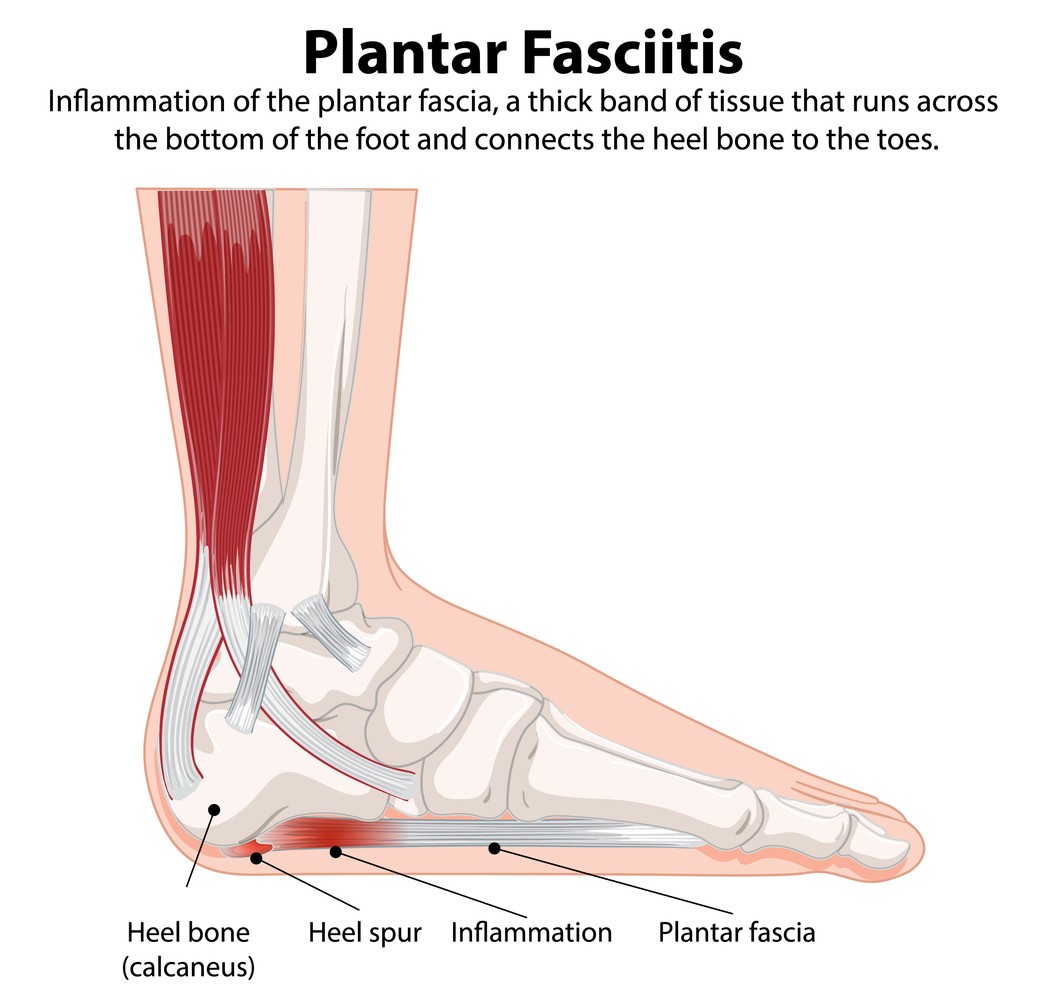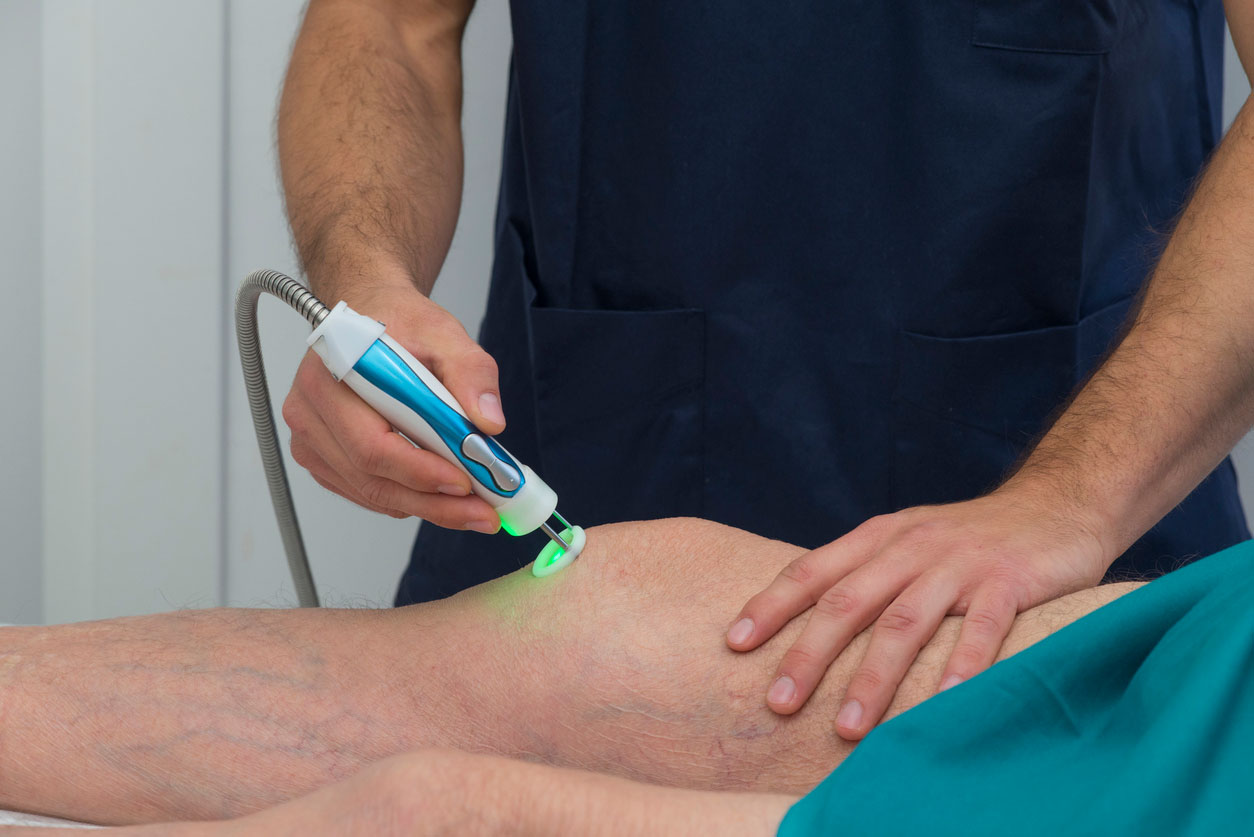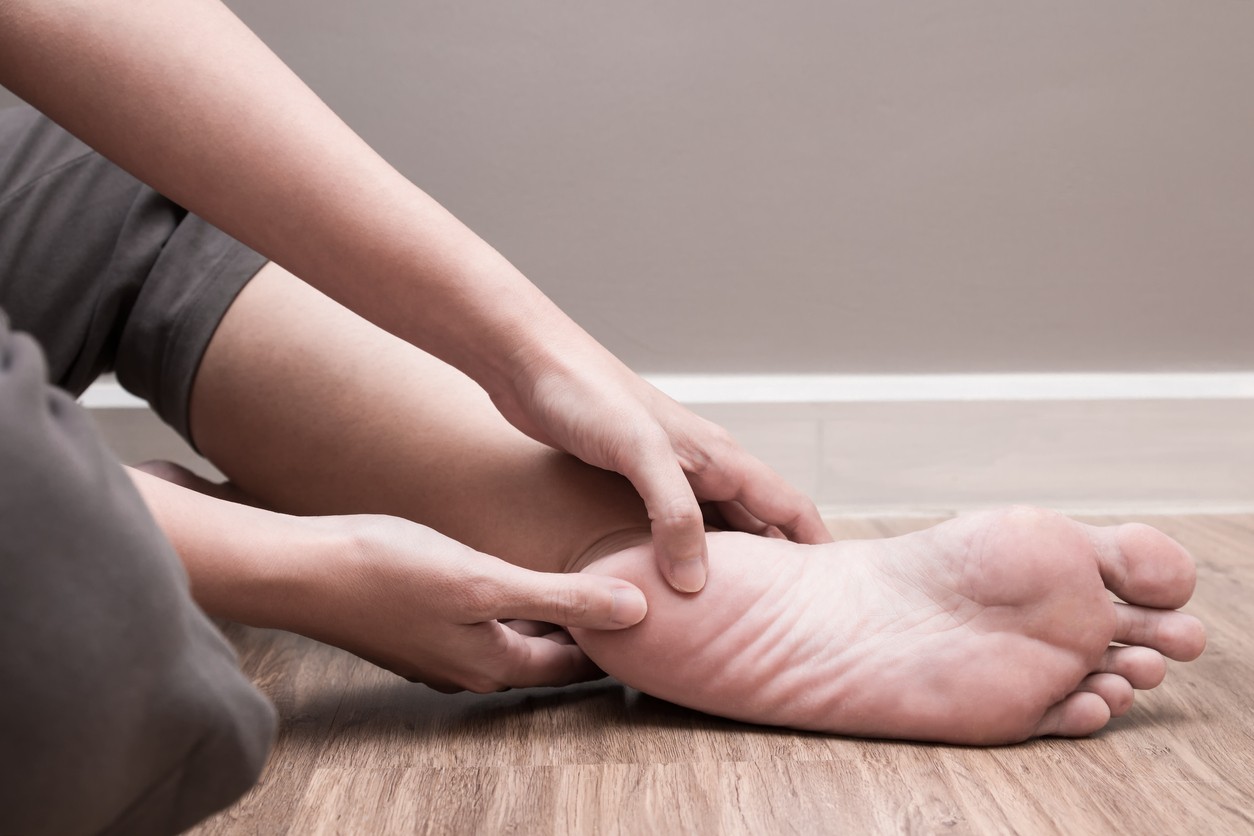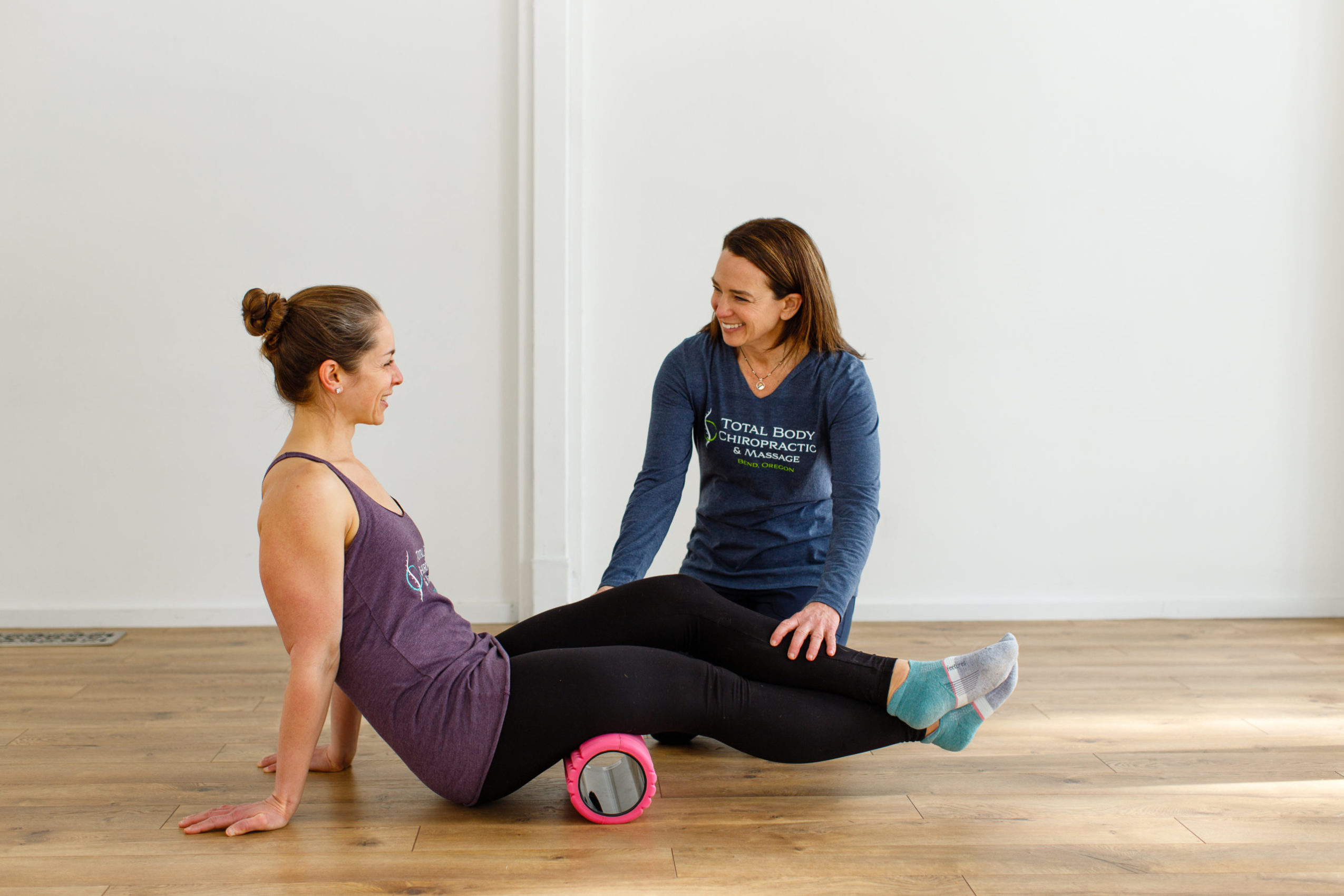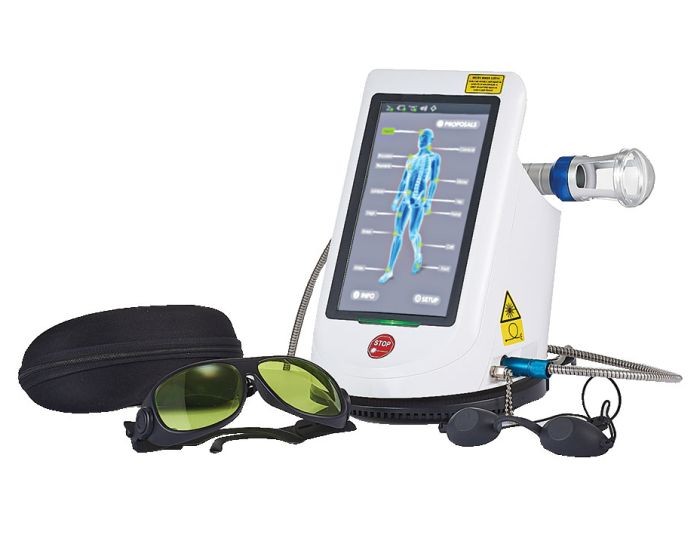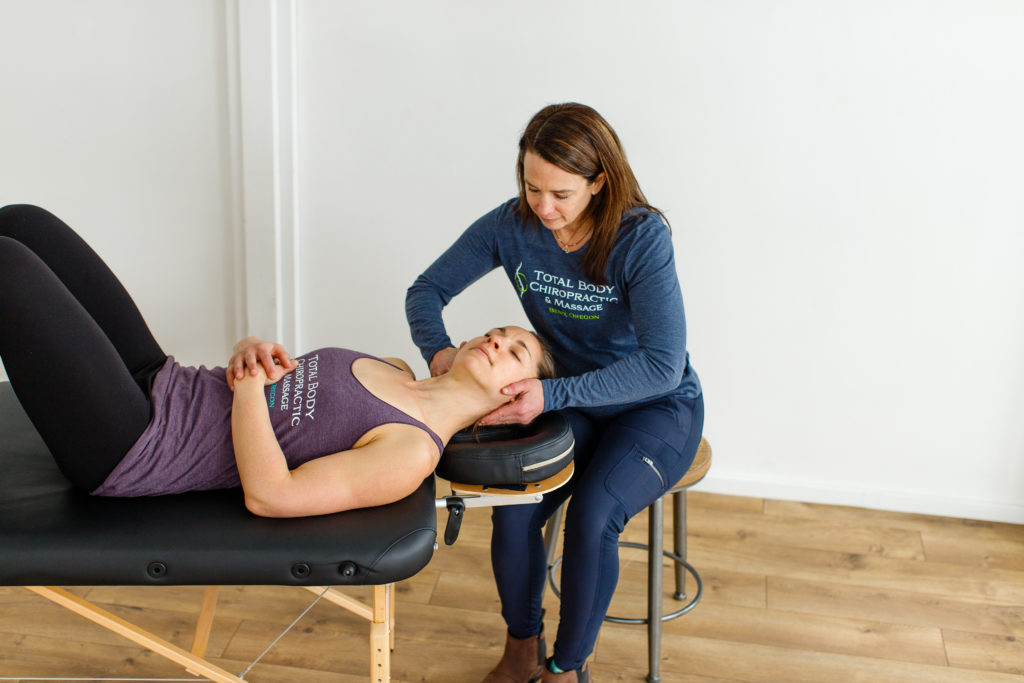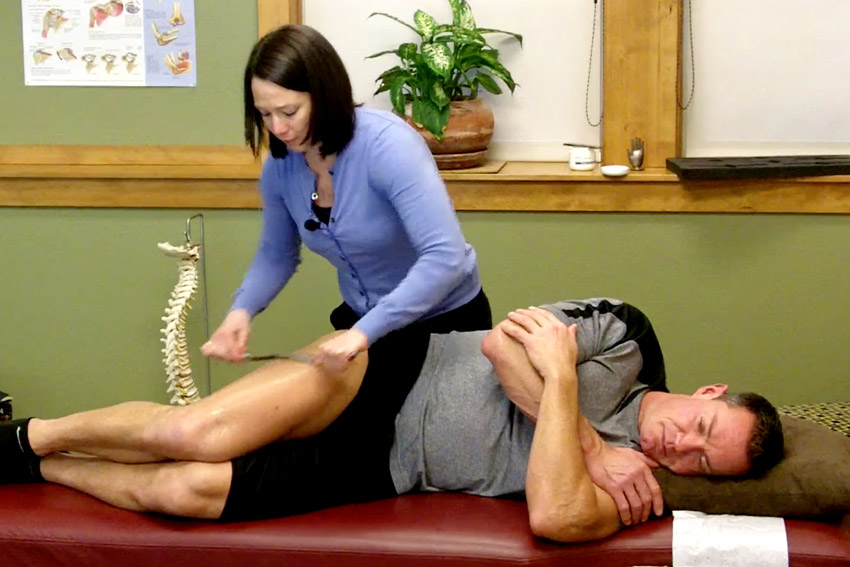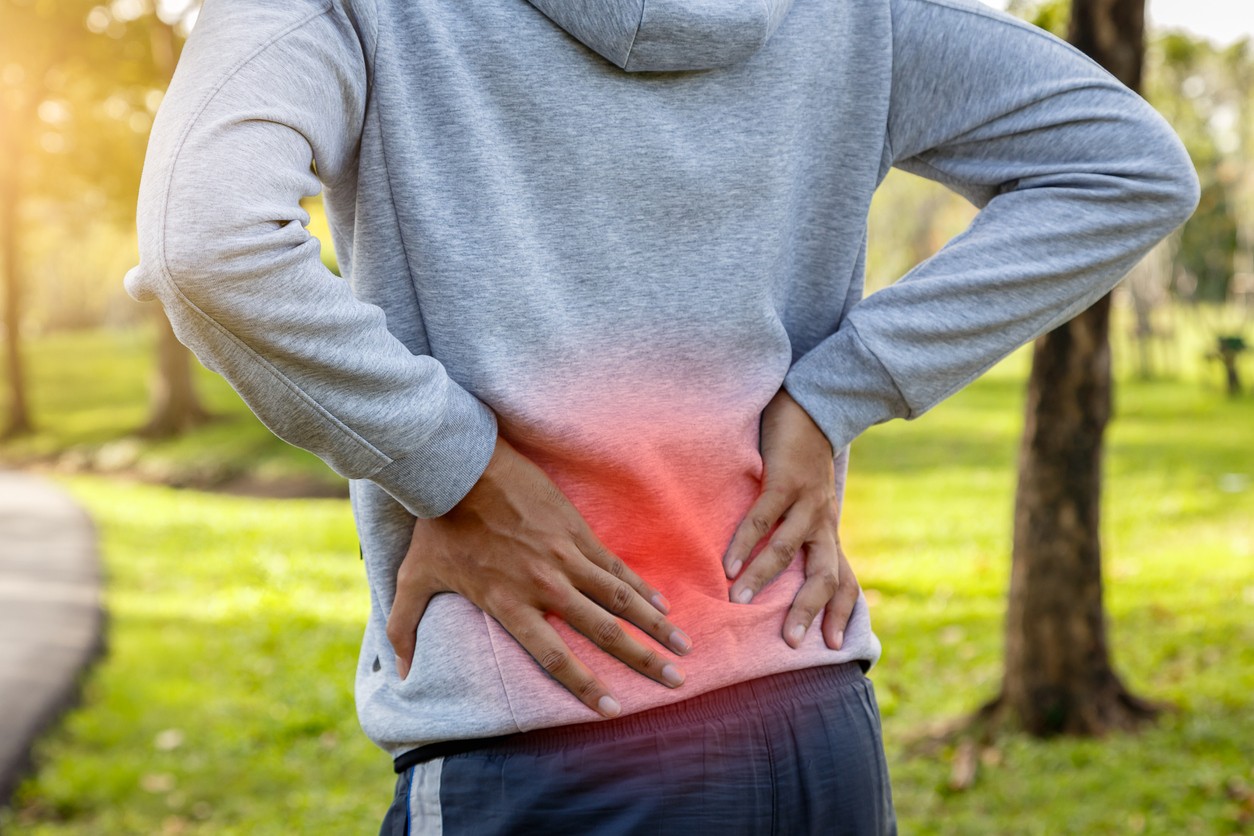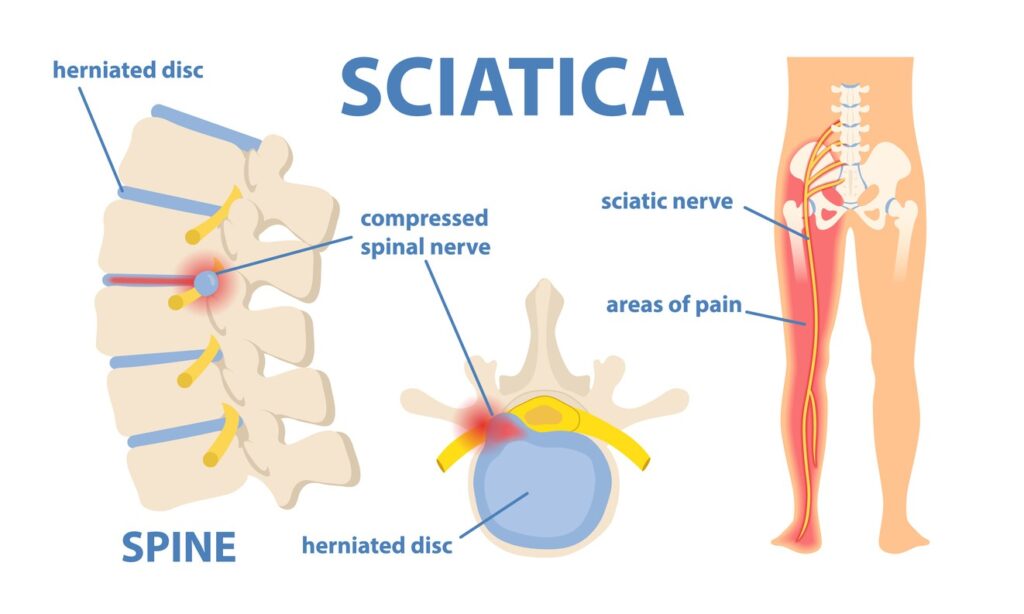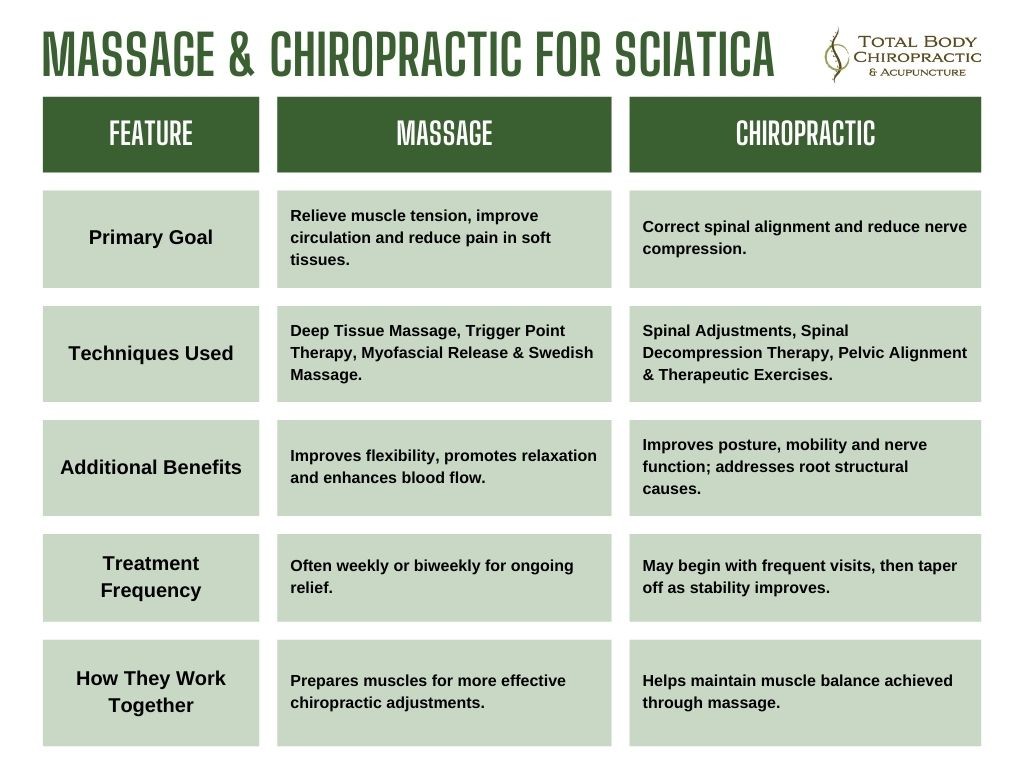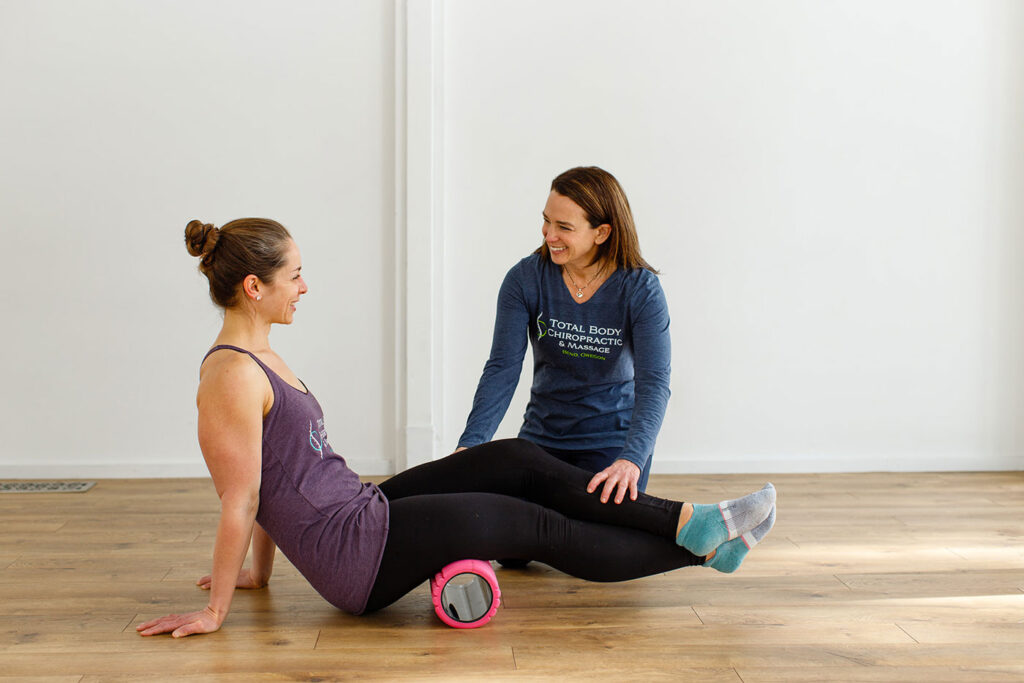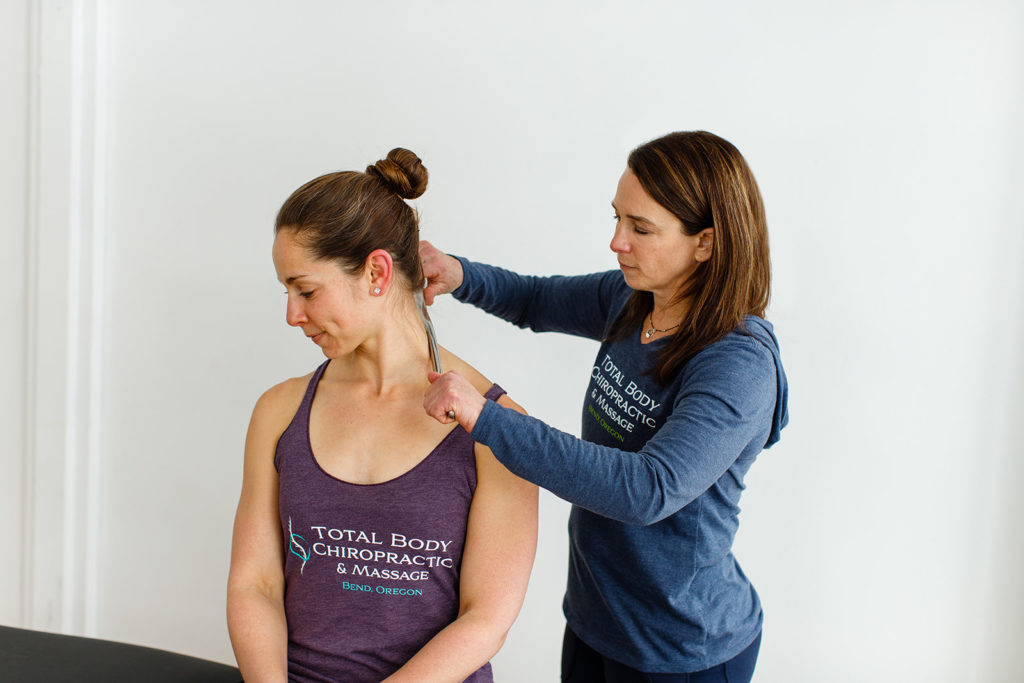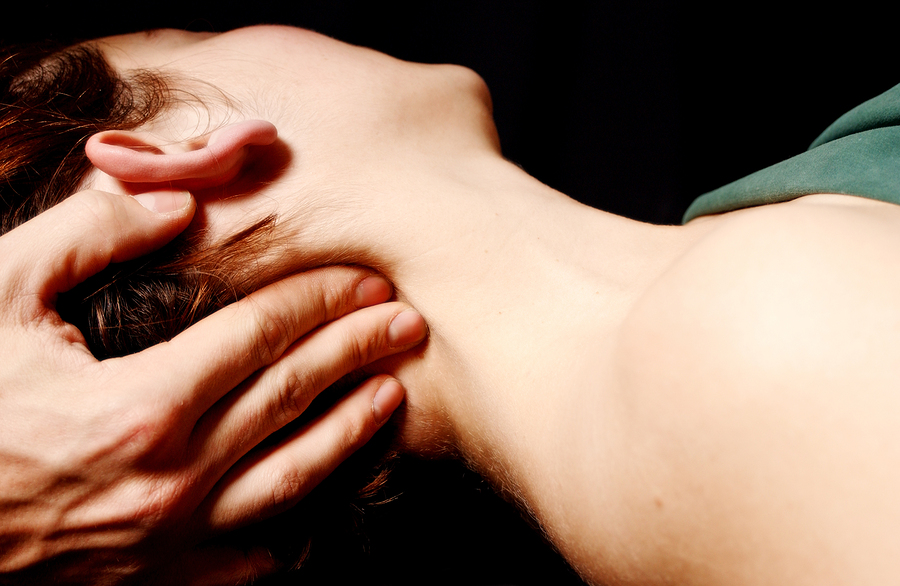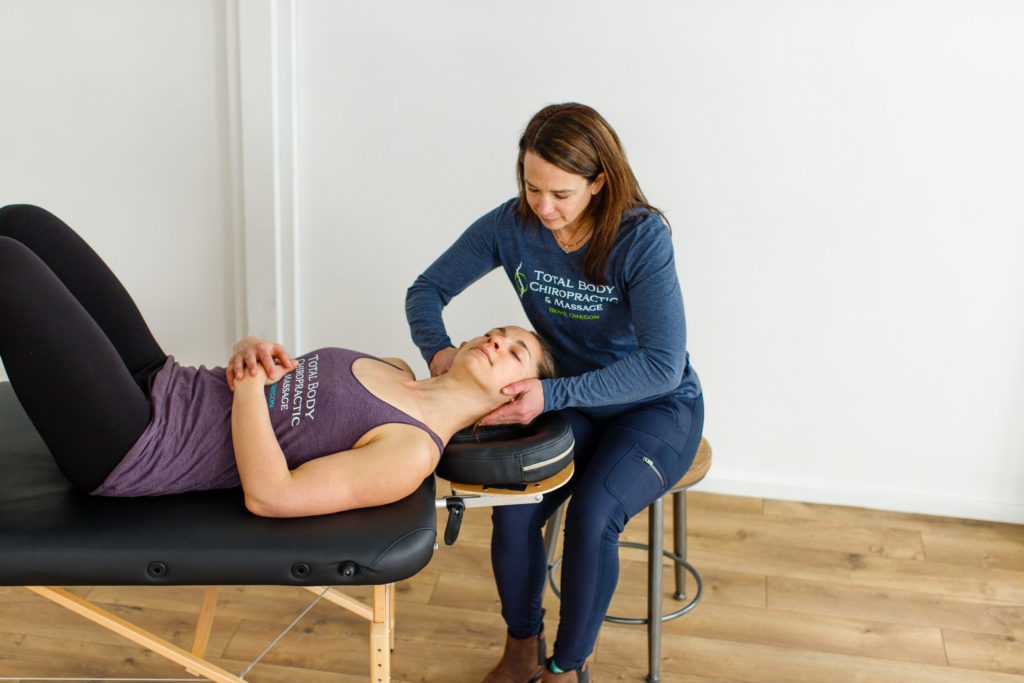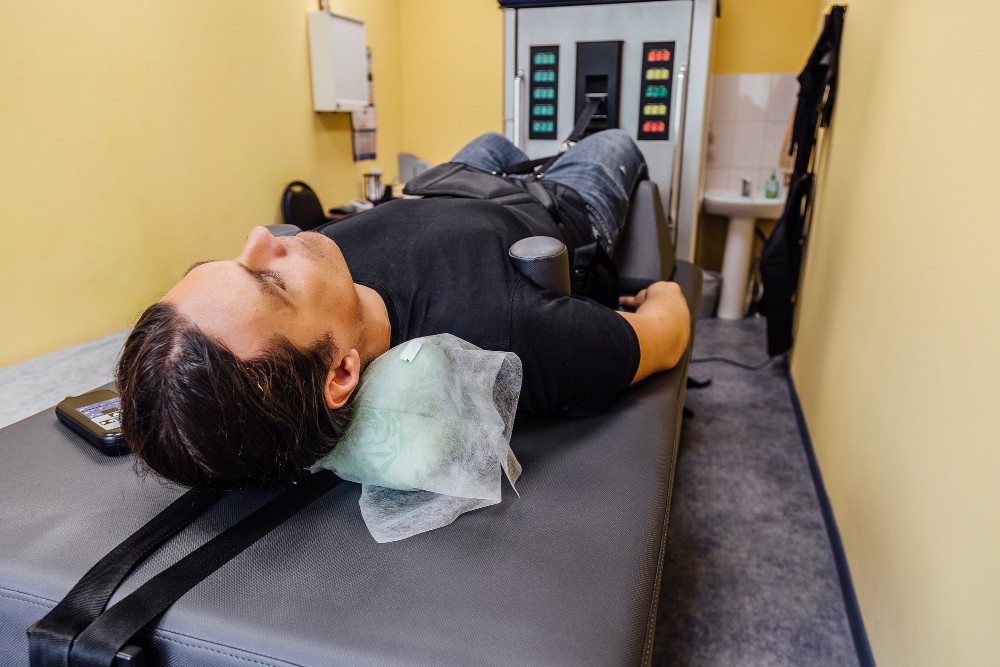Pickleball has taken off in Bend becoming a favorite pastime for athletes of all ages. With its fast-paced action, social appeal and accessibility, it’s no surprise that more people are hitting the pickleball court. However, as with any sport, the risk of injury comes with increased playtime. Whether you’re a seasoned competitor or a casual weekend player, injuries like tennis elbow, rotator cuff strains, and Achilles tendon issues can sideline you if not properly addressed.
Pickleball Injury Treatment in Bend, Oregon
If you’re dealing with a pickleball-related injury, chiropractic care offers a non-invasive and highly effective treatment option. Chiropractors specialize in diagnosing and treating musculoskeletal conditions, helping pickleball players recover from injuries and prevent future setbacks. By addressing joint misalignments, muscle imbalances and movement restrictions, chiropractic care promotes faster healing, reduces pain and enhances overall performance on the court.
This blog will explore the most common pickleball injuries, how chiropractic care can aid in prevention and recovery and why seeking professional treatment can keep you playing pain-free.

Common Injuries in Pickleball
While pickleball is a low-impact sport compared to tennis or basketball, it still places significant strain on the body. Quick lateral movements, repetitive swinging motions and sudden stops can lead to a range of injuries, especially for players who don’t prioritize with muscle care and injury prevention. Below are some of the most common pickleball-related injuries seen in players of all levels.
Tennis Elbow (Lateral Epicondylitis)
One of the most frequent overuse injuries in pickleball, tennis elbow occurs due to repetitive wrist and forearm movements, leading to inflammation and pain on the outside of the elbow. Without proper treatment, this condition can worsen, making it difficult to grip a paddle or perform daily activities.
Rotator Cuff Injuries
The overhead swings and quick shoulder movements in pickleball can put excessive strain on the rotator cuff. This group of muscles and tendons stabilizes the shoulder joint and when overworked, it can lead to pain, weakness and even tears.
Achilles Tendonitis
Pickleball requires a lot of starting and stopping, which can strain the Achilles tendon—the band of tissue connecting the calf muscle to the heel. Achilles tendonitis is a common pickleball injury that causes pain and stiffness in the back of the ankle, especially in players who don’t incorporate strength training or proper warm-ups into their routine.
Knee and Ankle Strains
The fast-paced nature of pickleball increases the risk of knee and ankle injuries, especially when playing on hard courts. Twisting motions, improper footwear or weak stabilizing muscles can result in sprains, strains or even more serious conditions requiring orthopedic specialist intervention.
Lower Back Pain
Repeated bending, lunging, and sudden directional changes can lead to lower back strain. Poor posture, weak core muscles or previous injuries can make players more susceptible to ongoing discomfort, affecting both their time on the court and their overall active lifestyle.
Understanding these common injuries is the first step in preventing long-term damage. The good news is that chiropractic care, combined with a targeted treatment plan, can help pickleball players recover effectively and reduce the risk of future injuries. In the next section, we’ll explore how chiropractic care plays a crucial role in injury prevention.
Chiropractors Can Help Prevent Pickleball Injuries
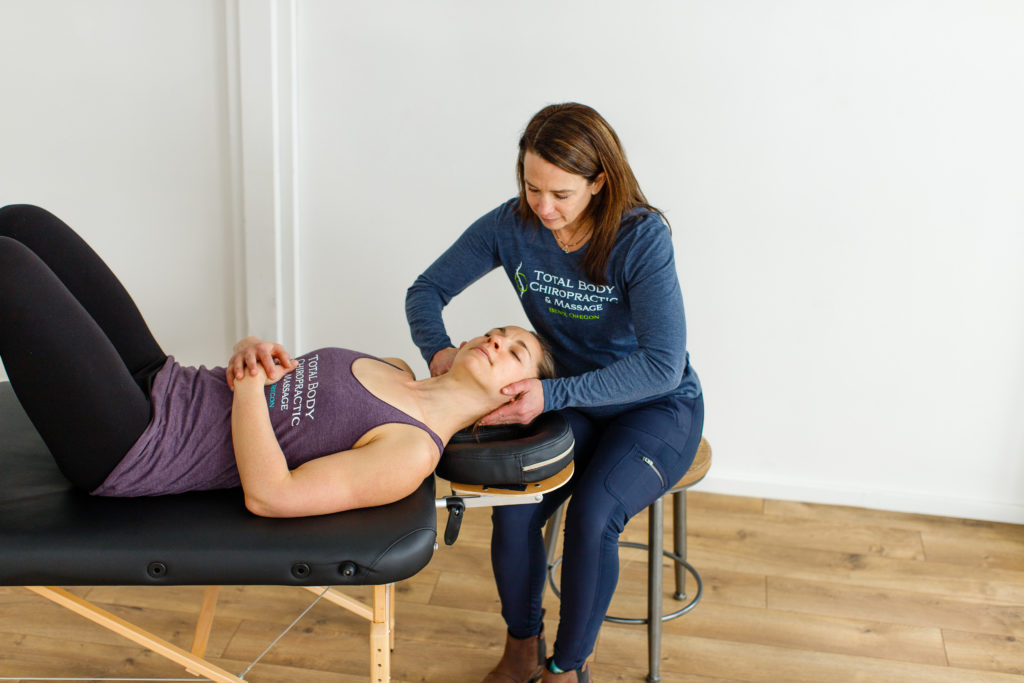
Preventing injuries is just as important as treating them, especially for pickleball players who want to stay active and competitive. Chiropractors play a vital role in injury prevention by focusing on proper biomechanics, muscle balance and joint function. Whether you’re new to the sport or a seasoned player, incorporating chiropractic care into your routine can help reduce your injury risk and keep you moving comfortably on the pickleball court.
1. Improving Joint Mobility and Alignment
Pickleball requires a full range of motion in the shoulders, wrists, hips and ankles. When joints are misaligned, even slightly, it can lead to restricted movement and increased stress on surrounding muscles and tendons. Chiropractors use targeted adjustments to restore proper alignment, helping players move more efficiently and reducing the strain that contributes to overuse injuries like tennis elbow and Achilles tendonitis.
2. Enhancing Muscle Balance and Flexibility
Muscle imbalances occur when certain muscle groups are overactive while others are weak. For example, pickleball players often develop tight forearm and shoulder muscles from repeated swings, while their opposing muscles remain underutilized. Chiropractors assess these imbalances and recommend specific stretching and strengthening exercises to correct them. This proactive approach minimizes the risk of conditions such as rotator cuff injuries and knee strains.
3. Personalized Strength Training and Conditioning
A well-rounded strength training program is essential for pickleball players to maintain stability and control during fast movements. Chiropractors can design a complete workout program tailored to a player’s unique needs, focusing on core strength, leg stability and upper-body endurance. Strengthening these areas reduces the likelihood of minor injuries turning into chronic issues.
4. Correcting Posture and Movement Patterns
Poor posture—both on and off the court—can contribute to lower back pain and repetitive stress injuries. Chiropractors analyze movement patterns to identify improper mechanics that might be putting undue stress on certain joints. By addressing these issues early, players can adjust their stance, grip and swing technique to prevent injuries before they happen.
5. Guidance on Recovery and Rest
Many pickleball enthusiasts play frequently without allowing their bodies enough time to recover. Chiropractors educate players on the importance of rest days, proper warm-ups and post-game recovery techniques. Simple adjustments like foam rolling, targeted stretching and hydration strategies can make a significant difference in reducing muscle soreness and improving long-term performance.
By focusing on joint alignment, muscle balance and proper movement mechanics, chiropractic care helps pickleball players stay injury-free and enjoy the game without discomfort. In the next section, we’ll explore how chiropractic techniques aid in the recovery process for those already dealing with a pickleball-related injury.
Enhancing Recovery with Chiropractic Techniques

Even with the best prevention strategies, pickleball injuries can still happen. Whether you’re dealing with a minor injury like a mild ankle strain or a more persistent issue like tennis elbow, chiropractic care offers effective, non-invasive treatment options to accelerate healing and get you back on the pickleball court.
- Targeted Chiropractic Adjustments for Faster Healing: Chiropractic adjustments help restore proper alignment in the spine and joints, which can improve circulation, reduce inflammation and enhance the body’s natural healing response. Misalignments can place unnecessary stress on muscles and tendons, making injuries worse or delaying recovery. By correcting these imbalances, chiropractors help ensure that your body heals as efficiently as possible.
- Soft Tissue Therapy to Reduce Pain and Inflammation: Many pickleball-related injuries, such as rotator cuff strains and Achilles tendonitis, involve tight or inflamed soft tissues. Chiropractors use techniques like myofascial release, massage therapy and instrument-assisted soft tissue mobilization (IASTM) to break up scar tissue, reduce muscle tension and improve mobility. These methods help relieve pain while promoting better circulation to the injured area, speeding up the recovery process.
- Rehabilitation Exercises for Strength and Stability: Recovering from a pickleball injury isn’t just about pain relief—it’s also about rebuilding strength and stability to prevent re-injury. Chiropractors often incorporate personalized physical therapy exercises into a patient’s treatment plan. These exercises focus on improving joint stability, muscle endurance and movement mechanics to ensure a full and lasting recovery. For example, if a player is recovering from pickleball elbow (a form of lateral epicondylitis), a chiropractor may recommend wrist extensor stretches, forearm strengthening exercises and grip adjustments to reduce strain on the elbow. Similarly, players with knee or ankle injuries may receive targeted stability exercises to improve balance and prevent future sprains.
- Reducing Overuse Injuries with Proper Recovery Techniques: Many pickleball players develop overuse injuries because they don’t allow their bodies enough time to recover between games. Chiropractors emphasize the importance of recovery strategies, such as stretching, foam rolling and ice/heat therapy, to help players manage soreness and avoid chronic injuries. They also provide guidance on workload management—helping players find the right balance between practice, competition and rest.
- Supporting Overall Wellness for Long-Term Performance: In addition to injury recovery, chiropractic care supports whole-body wellness, which is essential for staying active in the long run. Regular adjustments and maintenance care can improve posture, enhance mobility and even boost energy levels—helping pickleball enthusiasts perform at their best while reducing the risk of future injuries. By combining chiropractic adjustments, soft tissue therapy, rehabilitation exercises and recovery strategies, chiropractors provide a comprehensive approach to pickleball injury treatment. In the final section, we’ll discuss how working with a trusted chiropractic provider can help you stay in peak playing condition.
Helping Patients Achieve Peak Performance
Recovering from an injury is just one part of the equation—pickleball players who want to stay competitive and play pain-free need to focus on long-term performance and injury prevention. Chiropractic care not only helps with recovery but also optimizes movement, strength and flexibility, allowing players to perform at their best on the pickleball court.
1. Maximizing Mobility and Flexibility
Optimal performance in pickleball requires fluid, controlled movement. Stiffness in the shoulders, hips or lower back can limit a player’s ability to react quickly and move efficiently. Regular chiropractic care helps improve joint mobility and flexibility, allowing for smoother swings, quicker footwork and better overall control. This can be particularly beneficial for players recovering from rotator cuff injuries, tennis elbow or Achilles tendonitis, as improved range of motion reduces stress on healing tissues.
2. Boosting Strength and Stability for Injury Prevention
Strength and stability are key factors in maintaining an active lifestyle and avoiding repeat injuries. Chiropractors help athletes develop strength training routines tailored to their unique needs, focusing on core stability, shoulder endurance and lower-body strength. A well-balanced body is less prone to overuse injuries, making it easier to maintain high-level performance over time.
3. Improving Balance and Coordination
Balance plays a critical role in pickleball, especially when reacting to fast volleys or making quick direction changes. Chiropractors work with players to enhance their proprioception—the body’s ability to sense movement and positioning—which can improve reaction times and reduce the risk of falls or missteps that lead to ankle or knee injuries.
4. Creating a Personalized Treatment Plan for Continued Success
Every pickleball player has different strengths, weaknesses and areas of concern. Chiropractic care takes an individualized approach, ensuring that treatment plans are tailored to each patient’s specific needs. Whether you’re recovering from a minor injury, dealing with chronic pain or simply looking to improve your game, chiropractic adjustments, muscle care and rehabilitation exercises can be customized to help you meet your goals.

Pickleball is a sport that players of all ages and skill levels can enjoy, but injuries can quickly sideline even the most dedicated athletes. By working with a chiropractor who understands sports medicine, pickleball injury experts and treatment options, you can protect your body, recover faster and continue playing at peak performance.
If you’re dealing with a pickleball-related injury or want to take proactive steps to improve your performance, consider scheduling an appointment with our chiropractors at Total Body Chiropractic in Bend. With extensive experience in treating sports-related injuries, we can help you develop a treatment plan that supports your long-term health and keeps you playing the game you love.
Frequently Asked Questions About Pickleball Injury Treatment
For pickleball players looking to stay injury-free and perform at their best, understanding injury treatment and prevention is crucial. Below are answers to some common questions about chiropractic care for pickleball injuries.
1. How Often Should I See a Chiropractor for a Pickleball Injury?
The frequency of chiropractic visits depends on the severity of your injury and your overall health goals. For acute injuries like pickleball elbow or ankle sprains, more frequent visits (1-2 times per week) may be necessary in the early stages of recovery. Once pain subsides, maintenance care (once or twice a month) can help prevent future injuries and optimize performance.
2. Can Chiropractic Care Help Prevent Pickleball Injuries?
Yes! Chiropractors specialize in improving joint mobility, muscle balance, and posture—key factors in injury prevention. Through spinal adjustments, soft tissue therapy and strength training recommendations, chiropractic care can help players maintain proper biomechanics and reduce the risk of common pickleball-related injuries.
3. What Are the Most Common Pickleball Injuries Chiropractors Treat?
Some of the most common injuries include tennis elbow (lateral epicondylitis), rotator cuff injuries, Achilles tendonitis, knee strains and lower back pain. Chiropractors use a combination of manual adjustments, soft tissue therapy and rehabilitation exercises to promote healing and restore function.
4. Do I Need to Stop Playing Pickleball While Recovering from an Injury?
This depends on the severity of the injury. Minor injuries may allow for continued play with modifications, while more serious injuries, such as a rotator cuff tear or Achilles tendon strain, may require a period of rest. Your chiropractor will assess your condition and provide a customized treatment plan that supports your recovery while minimizing further injury risk.
5. How Can I Improve My Performance on the Pickleball Court with Chiropractic Care?
Chiropractic care enhances flexibility, joint mobility, and overall movement efficiency. Regular adjustments, muscle care, and strength training exercises can improve balance, coordination and reaction time—essential skills for any pickleball player looking to stay at peak performance.
